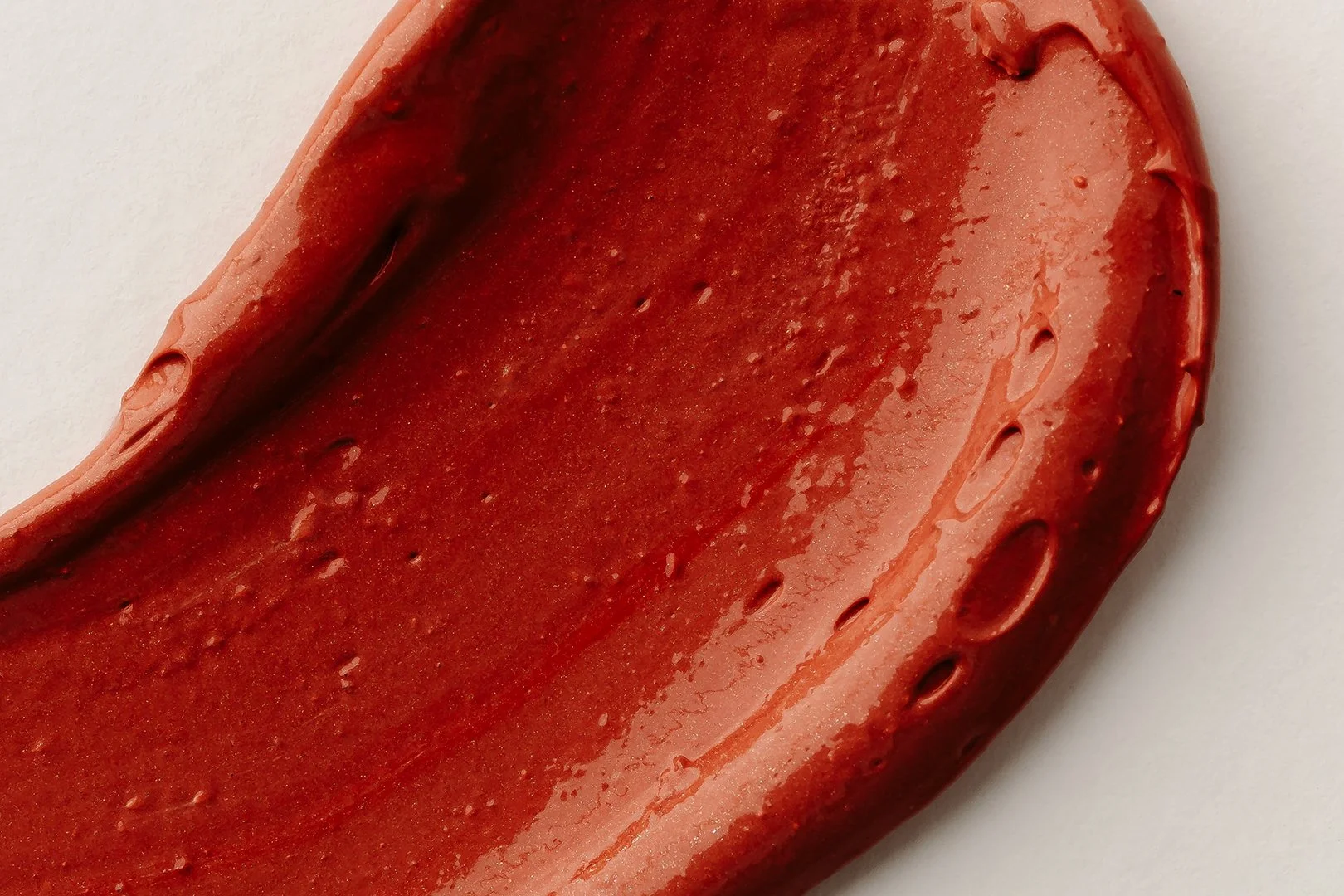With so many skin care products on the market, deciding which ones to choose can be challenging. While understanding your skin type can help you determine which products are best for you, it’s still possible to end up with a product that causes irritation or even triggers an allergic reaction.
Fortunately, patch tests offer a simple way to predict whether you will have a negative reaction to a new product. Patch testing works to identify allergies and other adverse reactions, helping you avoid irritants and maintain skin health. By conducting a patch test on a small, discreet area of skin, you can assess how your skin tolerates the product before making a full commitment.
Read on to learn the proper way to perform a patch test:
Choose a Test Area: Select a clean, dry area of skin where you’re unlikely to rub or wash. In most cases, you’ll want to test facial products on facial skin. You can accomplish this with a patch test behind your ear. For body care products, you can conduct a patch test on your inner forearm.
Apply the Product: Use a nickel-sized amount of the product and apply it as you would normally, using the product’s instructions as a guide.
Leave On: Allow the product to remain on the skin for 12 to 24 hours. If your skin is especially sensitive, consider testing the product in the same area over several days. This will give you time to monitor your skin and check for delayed reactions.
Watch and Wait: Monitor the test area for signs of irritation, such as redness, itching, bumps, swelling, discoloration, or rash. Also, bear in mind that signs of skin irritation can look different on darker skin (for example, areas of redness may take on a more purplish appearance on deeper skin tones).
Wash and Soothe: If you notice any reactions, immediately wash the area with a mild cleanser. Apply an over-the-counter 1% hydrocortisone cream to soothe the skin. If symptoms persist beyond three or four days, make an appointment with your doctor or dermatologist.
If you experience no reactions, you can begin incorporating the new product into your routine. To be extra cautious, consider introducing the new product to your skin gradually, especially if the product contains strong active ingredients like retinol or alpha hydroxy acids.
Final Thoughts
It’s easy to get caught up in the excitement of trying something new. But it’s always best to put in a little extra time and effort if it means doing what’s best for your skin.
Have any skincare safety tips? Share them in the comments!
Related:
